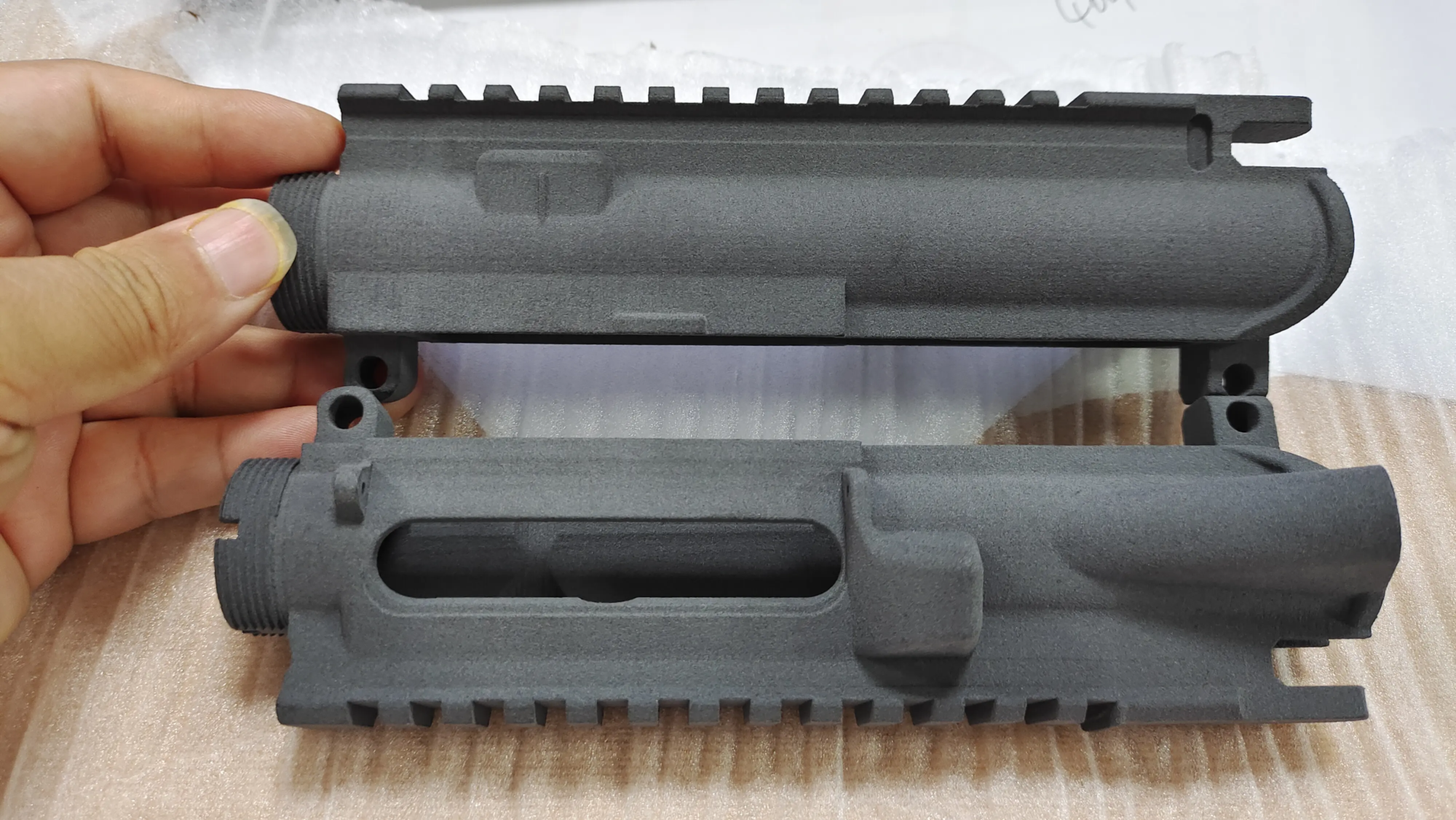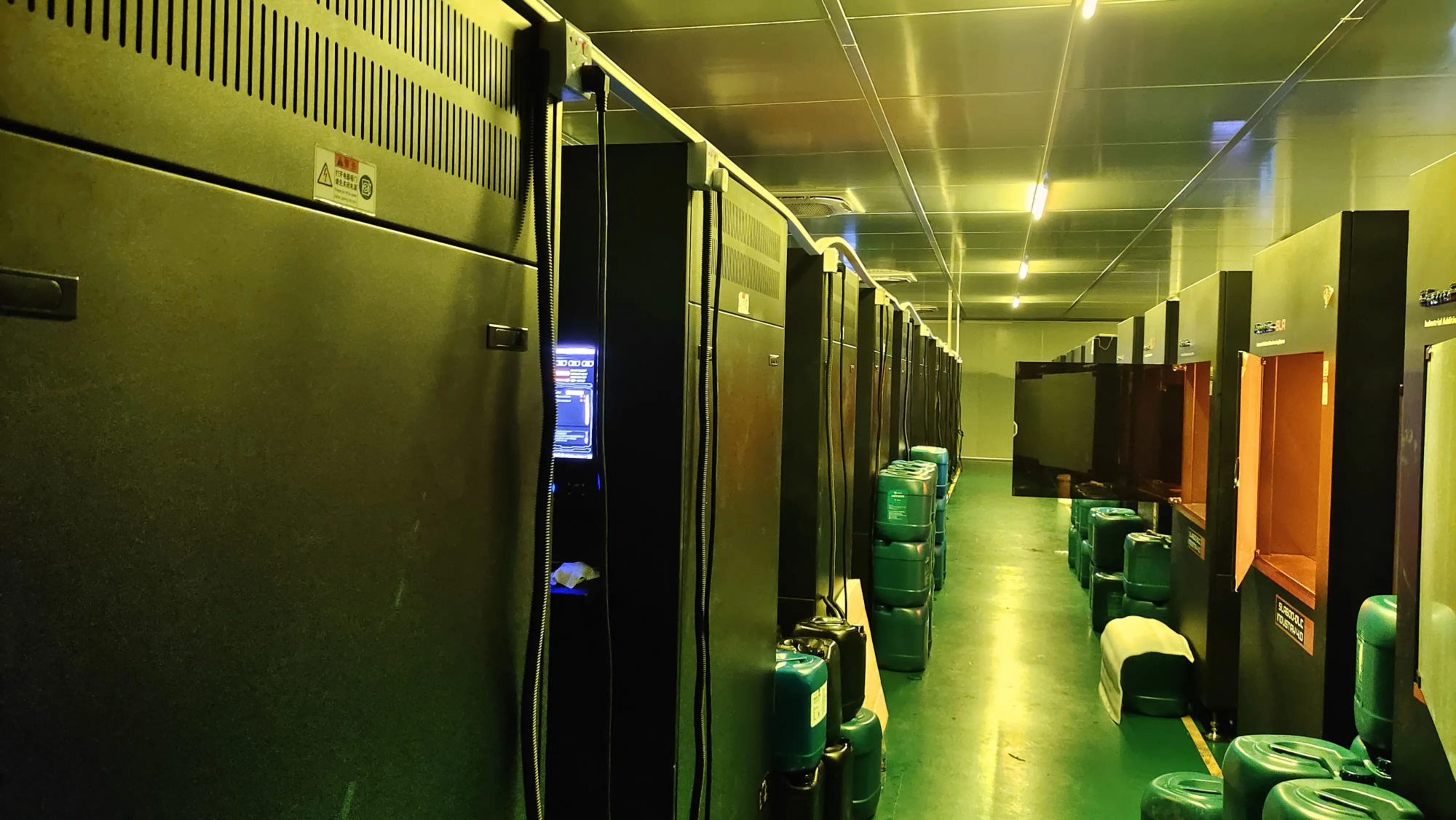Thermistor: The exact hero in 3D printing
It’s easy to focus on a machine or material when you marvel at carefully printed metal parts with complex geometry. However, hidden in every modern 3D printer is a silent guardian that ensures reliability and accuracy: Thermistor. This modest sensor plays a crucial role in transforming digital design into perfect physical objects, especially in high-risk applications such as rapid metal prototypes. exist Greatwe have Selective laser melting (SLM) Technology, thermistors are essential ally in our search for perfection. Let’s explore how these micro-components affect the future of additive manufacturing.
What is a thermistor?
Thermistor (fusion "Hot" and "resistance") is a temperature-sensitive resistor whose resistance changes predictably as temperature fluctuates. Two types dominate 3D printing:
- NTC (negative temperature coefficient): Resist reduce As temperature rises (most common).
- PTC (positive temperature coefficient): Resist Increase Temperature (for safety cutoff).
Unlike mechanical thermostats, thermistors have millisecond-level responsiveness and accuracy (±0.1°C in calibration systems), making them ideal for the thermal accuracy required for 3D printing.
Why thermistors are important in 3D printing
Precision temperature control
- Popular adjustments: In Fusion Deposition Modeling (FDM) or SLM printers, thermistor monitors thermistor heat table – plastic wire or metal powder melting. Sudden temperature fluctuations can lead to alignment, warping or inconsistent layers bonding. Thermistors can be adjusted in real time to ensure optimal viscosity and flow.
- The stability of the heating bed: For materials such as ABS or nylon, the heating bed prevents twisting. The thermistor keeps the bed within ±1°C of the target, ensuring a layer of adhesion and dimensional accuracy.
- Room temperature (SLM focus): Metal 3D printers like Greglight’s SLM system Ambient temperatures above 150°C are required to minimize residual stress in alloys such as titanium or inconel. The thermistor here prevents catastrophic thermal gradients.
Prevent safety and failure
Failures such as independent thermistors may trigger "Thermal runaway"- The heater overheats uncontrollably, risking fire or printer damage. Modern firmware relies on the thermistor data to shut down the system if the readings deviate from the expected configuration file. This is not commercially acceptable in industrial environments that deal with high combat lasers or furnaces.- Material-specific optimization
Different materials require accurate thermal curves. For example:
- PLA: Melt at ~200°C; divergence at ±5°C will cause vulnerability.
- Metal powder (e.g., Alsi10mg): Accurate preheating (~170°C) is required to avoid porosity or cracking.
Thermistors make dynamic adjustments in printing during dynamic adjustments, which are crucial for multi-matter work or complex geometry.
Greatlight’s expertise: Perfect metal prototyping using thermistors
exist Greatours SLM 3D Printer Integrate multiple thermistors in strategic points (no mouth, building board, chamber and cooling system) to create a closed-loop thermal ecosystem. This allows us to:
- Achieving the accuracy of 20μm layers: Real-time thermal feedback prevents distortion in high-pressure aerospace components.
- Ensure material integrity: Accurate preheating of special alloys (such as tool steel, cobalt chromium) minimizes internal stress during rapid cooling.
- Automated post-processing: The data from the thermistor tells us One-stop post-processing (For example, a heat treatment cycle tailored to residual thermal characteristics).
Our R&D team continuously improves thermistor calibration protocol to ensure Rapid prototyping Compared to conventional methods, the project complies with ISO 2768 tolerances while accelerating lead time by 30%.
Challenge and overcome them
Thermistor accuracy is reduced due to the following reasons:
- Physical damage (broken lines during nozzle changes).
- Calibrate drift after 500–1,000 printing hours.
- Electric noise from the surging motor or power supply.
Solution:
- Redundant sensors: Use backup thermistors in critical areas like the thermal stage.
- Automatic calibration: Greatlight’s SLM firmware performs quarterly self-check.
- Shielded wiring: Minimize signal interference.
in conclusion
Thermistors convert abstract temperature variables into viable data, thus bridging the gap between digital models and high-fidelity physical components. In metal 3D printing (5°C error may damage structural integrity), its effect is irreplaceable. Great Use this precision for pioneers Rapid prototyping solutions For industries that need perfection, from medical implants to automotive tools. With advanced SLM systems and end-to-end post-processing, we turn complex designs into reality by time and budget.
Are you ready to improve your next project?
Please contact Greatlight for a quote about custom metal parts – science and technology.
FAQ
1. What happens if the thermistor fails during printing?
A fault triggers a direct firmware shutdown to prevent thermal runaway. Printers like Greatlight’s SLM series include redundant sensors to minimize downtime.
2. Thermoresis and thermocouple: Which one is better?
The accuracy of lower temperatures (<300°C) (±0.1°C) performed excellently in accuracy (±0.1°C). Thermocouples handle higher ranges (maximum 1,400°C), but require amplification. SLM printers are usually used at the same time: thermistors for the chamber of the laser and the thermocouple.
3. Should I replace the thermistor once?
Usually every 1-2 years or every 1 to 2 years after visible damage. Industrial systems (e.g., Greatlight) include predictive diagnosis before failure.
4. Will dirty thermistors affect print quality?
Yes. Remaining plastic or dust insulates the sensor, resulting in false readings. Clean the nozzle and thermistor monthly with isopropanol.
5. Why does Greatlight emphasize thermistor calibration in metal printing?
Metal alloys have narrow thermal windows. Uncalibrated sensors can cause microstructure defects (e.g., unfiltered powder), reducing part strength by 40%.
6. Is thermistor replaced by the user?
Yes, but recalibration via firmware is crucial. Greatlight’s support team provides guidance on calibration kits for customers-maintained machines.
7. How to reduce material waste by thermistor?
Accurate temperature control minimizes printing. In Greatlight’s workflow, this reduces material waste by 15-25%, thus reducing customer costs.
Are there any more questions?
Contact Greatlight Engineers support@greatlight-rp.com– We solve hot challenges every day!





